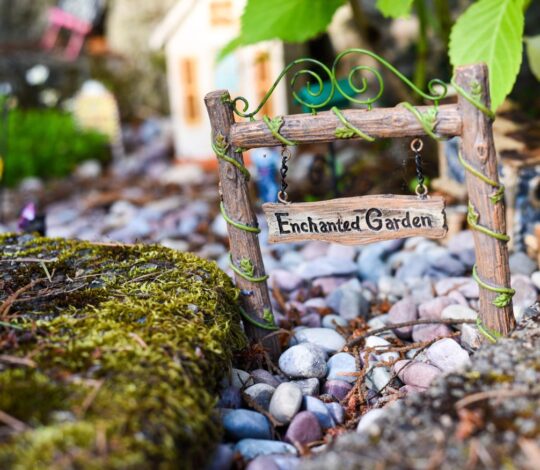New resource: Senses

New resource: Senses
In our latest Teaching Resource, available to download via the link here, Artis Specialist Martha (Kablam) offers some exciting, creative ideas of how to improve pupils’ creating writing skills by using their senses as inspiration.
Education is often seen as an intellectual pursuit, but engaging the senses – sight, sound, touch, taste and smell – can deepen learning, improve retention and foster creativity. Sensory learning aligns with how our brains naturally process information, making education more dynamic, inclusive and engaging.
sight and visual learning
Visuals help students process and retain information more effectively. Diagrams, videos and hands-on demonstrations make abstract concepts easier to understand. Colour-coded notes and mind maps support memory recall, while immersive experiences like virtual reality (VR) allow students to explore historical sites or complex scientific processes.
sound and auditory engagement
Music, storytelling and discussion stimulate auditory learners and improve comprehension. Background music can aid concentration, while spoken word exercises enhance language skills. In science, recording and analysing sound waves makes abstract physics concepts more accessible. Encouraging students to read aloud, debate or use mnemonic devices strengthens their understanding.
touch and kinesthetic learning
Hands-on activities are vital for experiential learning. Science experiments, arts and crafts and role-playing exercises allow students to interact physically with materials, reinforcing understanding through action. Tactile learning is particularly beneficial for neurodivergent students who respond well to movement and tangible experiences.
smell and taste in multisensory learning
While less commonly used, smell and taste can create powerful learning experiences. Cooking classes teach chemistry and cultural history, while scent associations can aid memory recall in language learning. Even scented markers can make lessons more engaging for young learners.
By incorporating all five senses, educators create richer, more immersive learning environments that cater to diverse needs. A multisensory approach fosters curiosity, engagement and a lifelong love of learning.

